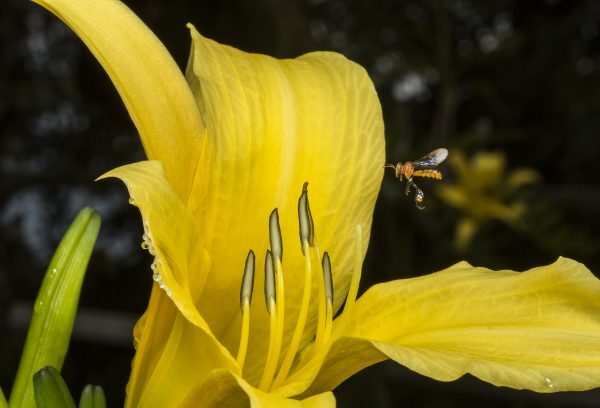Please support ROOTS & SHOOTS' welfare efforts by purchasing from its range of attractive exclusive merchandise.
PRE-ORDER (10 days of production before shipping)
Photograph Size: A2 Size (42.0 x 59.4 cm)
Material: Photo Rag Paper
These stingless bees (Apis trigona) are different from typical honey bees in the sense that they don’t need pure nectar but can chew up tree bark. One species of stingless bee or the other is found in tropical and subtropical landscapes, all the way from Australia to Africa and the Americas. True to what the name suggests, stingless bees cannot use their small stingers for defence, thereby making it easier to extract honey.
They live in massive colonies and usually nest in hollow trunks, tree branches, underground cavities, termite nests or rock crevices. Like all bees, these are vital to the ecosystem because they are plant pollinators and indirectly help in enhanced crop production.
The honey produced by these bees is believed to have healing and healthful properties, particularly from some species in Australia, Malaysia and Brazil containing trehalulose, a natural sugar with lower glycaemic index than the usual glucose and fructose. Stingless bees make what is locally called kelulut honey, rich in minerals, vitamins and antioxidants, and with a slight tangy taste.

